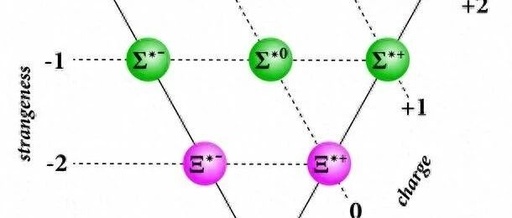C Language Daily Challenge No. 15: Implementing a String Replacement Function
📌 Problem Description Write a function str_replace that replaces the first occurrence of an old substring with a new substring in the given string, returning the modified new string. Requirements: Only a single replacement is required The returned new string must be dynamically allocated Example: Input: str="Hello World", old="World", new="C" Output: "Hello C" Difficulty: ⭐️ … Read more









